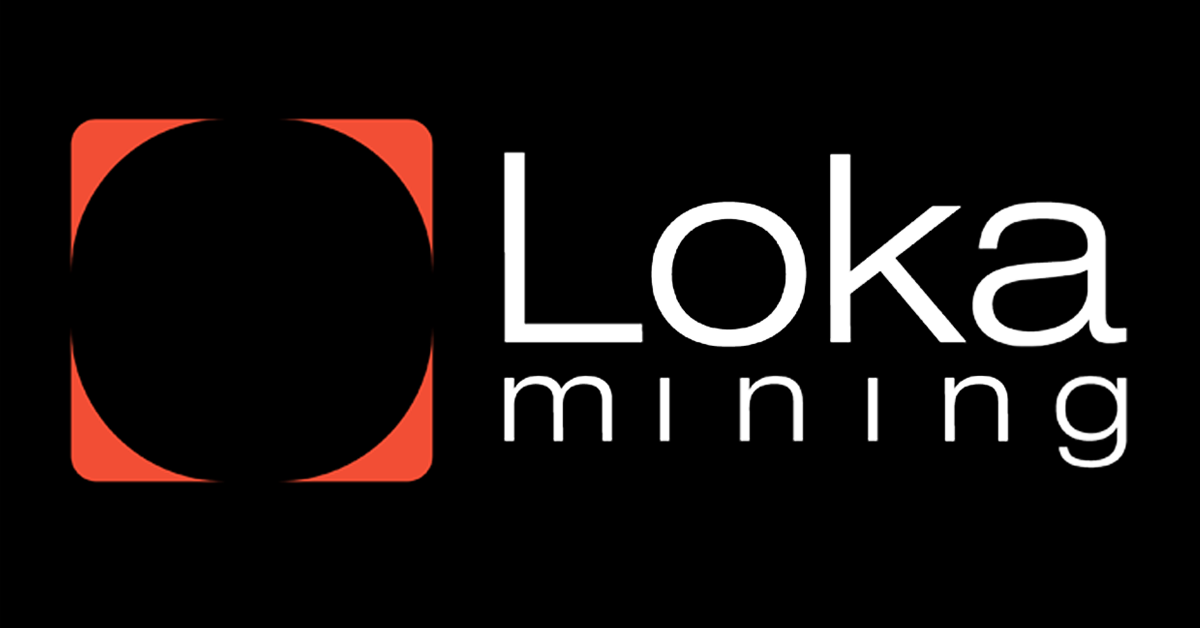Industrial Mining vs Household Mining

Bitcoin mining, the process of validating transactions and securing the Bitcoin network, has grown into a global industry. However, mining can be conducted at two scales: industrial and household. Both approaches offer unique advantages and challenges, depending on various factors such as cost, efficiency, and environmental impact. This article explores these two mining scales from multiple perspectives.
- Scale of Operations
Industrial Mining:
Industrial-scale mining involves vast facilities housing thousands of Application-Specific Integrated Circuit (ASIC) machines. These operations often span entire warehouses or custom-built data centers. Industrial miners focus on optimizing every aspect of mining, from power consumption to cooling and network efficiency.
Household Mining:
Household miners operate on a much smaller scale, typically running one or a few ASIC miners or GPUs in their homes. This approach is more accessible for individuals but has significantly lower hash power compared to industrial setups.
- Cost and Profitability
Industrial Mining:
Electricity Costs: Industrial miners often negotiate bulk electricity rates, benefiting from economies of scale. Some leverage renewable energy sources like hydropower, geothermal, or wind to reduce costs.
Hardware Costs: With bulk purchasing, industrial miners obtain ASIC machines at lower prices, enhancing profitability.
Profit Margins: High hash rates increase their chances of earning Bitcoin rewards, making the operations financially viable even with the rising mining difficulty.
Household Mining:
Electricity Costs: Household miners usually pay retail electricity rates, which are significantly higher. This often makes mining unprofitable, especially in regions with expensive power.
Hardware Costs: Individual miners pay full retail prices for ASIC machines, which may take years to pay off due to the low revenue generated.
Profit Margins: Household mining profits are minimal unless electricity is free or heavily subsidized.
- Efficiency
Industrial Mining:
Industrial facilities are designed for maximum efficiency. With advanced cooling systems, optimized machine placement, and dedicated technical teams, these setups ensure 24/7 operation with minimal downtime.
Household Mining:
Efficiency is a significant challenge for household miners. ASIC machines generate substantial heat and require proper cooling. Most household setups rely on basic fans or air conditioning, which increases electricity consumption.
- Accessibility
Industrial Mining:
Industrial mining requires substantial capital investment, making it inaccessible for individuals without significant financial resources. However, these operations often dominate the mining landscape.
Household Mining:
Household mining offers a way for enthusiasts and small-scale investors to participate in Bitcoin mining. While less profitable, it provides a decentralized layer to the network.
- Environmental Impact
Industrial Mining:
Industrial miners consume massive amounts of electricity, raising concerns about environmental sustainability. However, many large-scale operations have shifted towards renewable energy sources to reduce their carbon footprint.
Household Mining:
While household miners consume less electricity overall, their setups are often less energy-efficient. Depending on the energy source, their environmental impact can be relatively higher per unit of hash power.
- Rewards and Payouts
Industrial Mining:
With higher hash rates, industrial miners have a better chance of solving blocks and earning Bitcoin rewards. They typically operate independently or as part of a private mining pool.
Household Mining:
Due to low hash rates, household miners rarely solve blocks on their own. Instead, they rely on joining public mining pools, where rewards are shared based on contribution.
- Risks
Industrial Mining:
Market Risks: Large-scale miners are highly exposed to Bitcoin price volatility. A prolonged bear market can lead to significant losses.
Regulatory Risks: Industrial miners are often scrutinized by governments, particularly regarding energy consumption and environmental impact.
Household Mining:
Hardware Risks: With limited hardware, household miners face a higher risk of downtime due to equipment failure.
Profitability Risks: Rising mining difficulty and energy costs can quickly render household mining unprofitable.
Current Trends
- Industrial Mining Growth: Industrial mining continues to dominate, with operations concentrated in regions with cheap electricity, such as Texas (USA), Iceland, and Kazakhstan.
- Decline in Household Mining: Rising mining difficulty and energy costs have driven many household miners out of the market.
- Cloud Mining and Mining Pools: Many small-scale miners now participate in cloud mining or join mining pools to remain viable.
Conclusion
The choice between industrial and household Bitcoin mining depends on resources, goals, and risk tolerance. Industrial mining offers higher profitability and efficiency but requires significant investment and operational expertise. Household mining, while less profitable, allows individuals to contribute to network decentralization and security. Both scales play vital roles in the Bitcoin ecosystem, highlighting the diversity and resilience of the cryptocurrency's infrastructure.
This article presented by Loka Mining.
Loka is revolutionizing the Bitcoin mining ecosystem by directly connecting investors with Bitcoin miners through a decentralized mining pool and an upcoming permissionless forward hashrate marketplace protocol.
Loka enables investors to get Bitcoin at lower than market price without centralized & counter-party risks, and Bitcoin miners to access capital efficient financing and hedge their risk exposure by selling their future mining rewards.
Find out more about loka in https://lokamining.com — or access our mining pool aggregator on https://pool.lokamining.com





